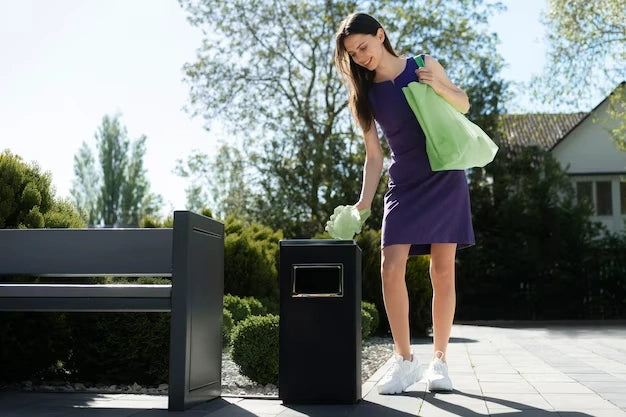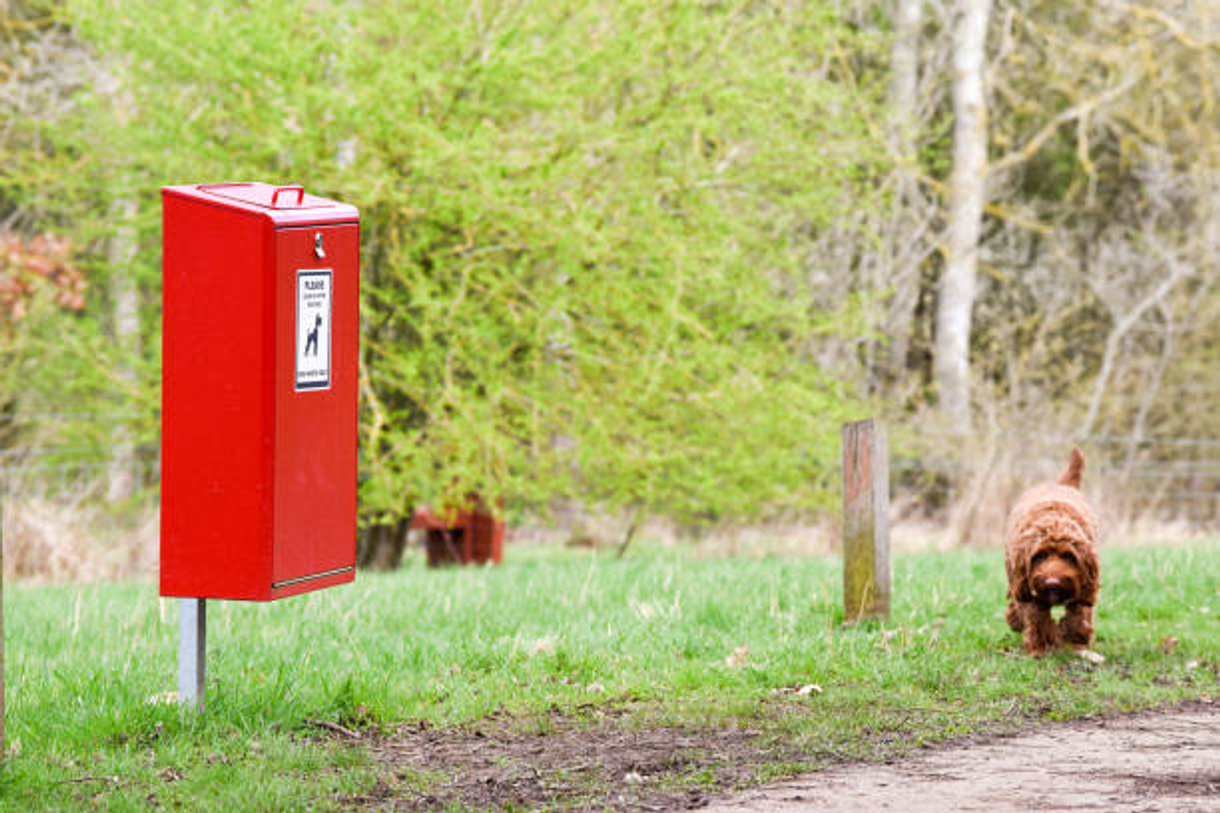Introduction:
Dog waste can be a nuisance for any pet owner, and managing it properly is crucial for a clean and healthy environment. Using a dog waste container is a simple and effective solution to keep the surroundings clean and hygienic. However, there are some common mistakes that pet owners make when using a dog waste container. In this article, we will discuss the top mistakes to avoid when using a dog waste container and how to ensure proper management of dog waste.
Not using the right size container
Choosing the right size container is essential to ensure effective management of dog waste. The size of the container is small then it will fill up fast and frequently. But big containers will be much big for small spaces.
Placing the container in the wrong location
The location of the dog waste container is important for convenience and hygiene. It should be placed in an easily accessible area but away from living spaces or areas with high foot traffic. Avoid placing it in areas with direct sunlight or too close to your home to avoid unpleasant odors.
Not using dog waste bags
Using dog waste bags is essential when using a dog waste container. It reduces the risk of contamination and makes it easy to dispose of dog waste. Not using bags can result in a mess and make cleaning the container difficult.
Not securing the container lid
Securing the lid of the container is crucial to prevent odors and flies from getting in and to keep the waste container. Failure to secure the lid can lead to unpleasant smells and a breeding ground for flies and other pests.
Overfilling the container
Overfilling the dog waste container can result in a messy and unsanitary situation. It's essential to keep an eye on the container and empty it regularly to avoid overflow.

Not cleaning the container regularly
Cleaning the dog waste container regularly is essential to maintain hygiene and prevent unpleasant odors. A buildup of waste can lead to a foul smell and make cleaning the container more challenging.
Not wearing gloves when handling waste
Handling dog waste can be unsanitary, and it's essential to wear gloves when disposing of it. Spread the bacteria and germs, it helps to prevent us from it.
Not disposing of the waste properly
Proper disposal of dog waste is crucial to prevent the spread of disease and contamination. Never dispose of the waste in the recycling bin, and always follow the local waste disposal regulations.

Using the wrong type of container
Using the wrong type of container can make it difficult to manage dog waste effectively. Make sure to use a container that is specifically designed for dog waste management.
Not placing the container on a level surface
Placing the dog waste container on an uneven surface can result in spillage and make it challenging to clean. Ensure that the container is on a level surface to prevent any accidents.
Not training your dog to use the container
Training your dog to use the container is essential to ensure effective dog waste management. Start by introducing your dog to the container and praising them when they use it.
Not keeping spare bags on hand
Having spare bags on hand is essential to ensure that you never run out when you need them. Keep a stock of bags nearby, so you're always prepared.
Not checking the container for damage
Checking the dog waste container for any damage is important to ensure that it's functioning correctly. Any cracks or holes can result in leaks or contamination.
Not emptying the container regularly
Emptying the dog waste container regularly is essential to prevent overflow and maintain hygiene. Aim to empty the container once a week, or more frequently if needed.
Conclusion:
Using a dog waste container is a great way to keep our neighborhoods clean and safe, but it requires some effort and attention to use effectively. By avoiding these common mistakes, you can keep your dog waste container functioning properly and prevent spills, odors, and attracting unwanted animals. Choose the right container as per your needs, clean it regularly, and place it in a safe location.
Frequently Asked Questions (FAQ)
A: You should aim to empty the dog waste container at least once a week, or more frequently if it fills up quickly. Leaving it too long can result in an unsanitary and unpleasant situation.
A: No, regular trash bags are not designed for dog waste and may not be strong enough to contain it properly. Always use bags specifically designed for dog waste management.
A: Replace the container as soon as possible if it got damaged. Cracks or holes can result in leaks or contamination, which can be unsanitary and unsafe.
A: Composting dog waste is possible but should be done with caution. Dog waste can contain harmful bacteria and parasites, so it's important to compost it in a separate area away from edible plants.
A: Securing the lid of the container and cleaning it regularly is essential to prevent unpleasant odors. You can also use odor-neutralizing products specifically designed for dog waste containers.



